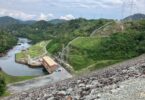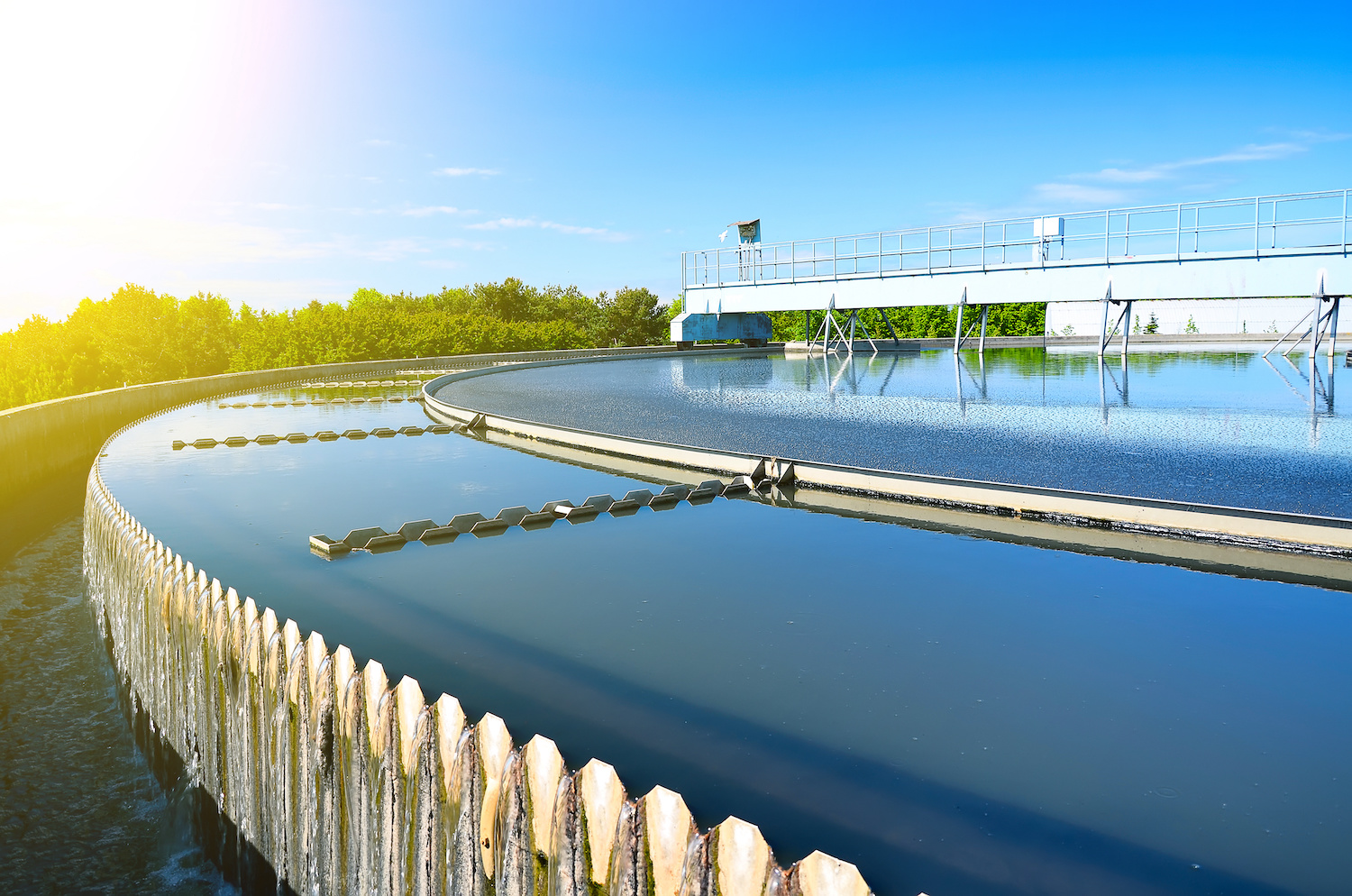As water scarcity becomes more of an issue across the world, companies increasingly understand the importance of water conservation. They appreciate the need to play a leading role in preserving this precious resource to help humanity overcome the water crisis. One such company is PepsiCo, which has set up an open-access water stewardship course and program. With this, they intend to ensure that they and the communities around them can reduce water consumption.
PepsiCo operates in over 200 countries and territories and includes a number of major foods and beverages in its extensive portfolio. As a result, water is essential to the company, which creates an opportunity for good water stewardship to make an impact throughout the production chain.
What is Water Stewardship?
A growing number of companies, driven by UN Sustainable Development Goals (SDGs) and environmental programs, are looking to improve their use of water. One way of doing this is with water stewardship, which recognises the importance of water to society and the environment, and seeks ways to use it sustainably and responsibly. Good stewardship is about more than just conserving water during production and covers a company’s role within the wider environment including helping local communities.
Water stewardship covers a range of actions companies can take, including conservation, reuse, and replenishing watershed supplies. Companies consider the use of water throughout the value chain and look at what actions they can take. This includes developing an understanding of their own water footprint and the areas in which they and their suppliers operate. Within this context, companies can find ways to reduce water consumption without affecting operations and often making cost and energy savings.
Importantly, water stewardship actions go beyond company sites and include the wider watershed as well as its suppliers and distributors. Water stewardship takes a long-term view and understands that, in the future, water shortages will impact everyone and affect company operations. Tackling these issues now is crucial for continued success and preserving the environment for future generations.
Water stewardship is also about collaboration and working with local governments, communities, and other water stakeholders towards common sustainability goals. Companies are very much part of their local community and can play a huge role in improving life for all by taking the initiative. On this basis, PepsiCo created a water stewardship learning program and started engaging with other stakeholders.
PepsiCo and Water Stewardship
To learn more about PepsiCo’s water stewardship program, we talked to David Grant, PepsiCo’s Senior Director of Climate and Water Solutions. Under his oversight, the company’s water stewardship program, which is part of the PepsiCo Positive (pep+) agenda, will help support their global water strategy.
Water stewardship has been a high priority for PepsiCo for a long time. From top to bottom, the company understands that water access is a human right and it is the duty of everyone working with the company to support this philosophy. In turn, as part of developing a sustainable, positive value chain, PepsiCo has developed a vision to become net water positive by 2030.
Actions to improve watershed management include promoting efficient water use across the value chain, on its manufacturing facilities, and also on farms. Agriculture is one of the most water intensive sectors, accounting for the majority of water used worldwide, so targeted water stewardship programs can have lasting impacts on watersheds and local water resources.
PepsiCo also seeks to replenish water resources in watersheds located in high water stress locations, actively seeking to improve their health by implementing nature-based solutions. Through this, the company improves the access to clean, safe water for local communities facing water insecurity.
Overall, PepsiCo aims to ensure that water resources anywhere it operates will be actively improved. To support this, the company develops collaborative solutions tailored towards individual watersheds and the local communities that depend upon the water. To promote its goals, the company set up a water stewardship course intended to help stakeholders learn their role in conserving water wherever the company operates.
PepsiCo’s Water Stewardship Learning Program
As part of ‘bringing others along on the journey,’ PepsiCo set up an open access Water Stewardship learning program on the Coursera platform. The company believes that water scarcity is a serious global challenge that requires everyone to take steps towards becoming a better water steward. Grant believes that the learning program is important to drive broader awareness for water stewardship and provide stakeholders with all the tools PepsiCo found effective:
“Our Water Stewardship Specialization program is designed to help professionals gain a basic understanding of the ways in which water is part of day-to-day job functions and how water stewardship practices can be implemented.”
Grant refers to the course as “essentially a ‘Water 101’ program,” that will provide all participants with insights about where the water they use comes from. They learn how to take meaningful action, find out how businesses can better manage it, and understand how water is governed. With this knowledge, they can effectively plan for the future, taking a long-term view, and reduce their water footprint significantly.
Grant feels that “learning how to set Science Based Targets and strategies to advance corporate water stewardship goals in an intervention-based approach” is particularly important. The skills and techniques the participants learn during the water stewardship course will help them promote PepsiCo’s long-term goals for water sustainability. As Grant notes:
“We have a vision that wherever in the world we operate, water resources will be in a better state because of our presence. But we can’t do this alone. Our hope is that we’re able to share our water stewardship knowledge with stakeholders through this learning program and bring them along on the water stewardship journey.”
Becoming a Leader
Throughout PepsiCo’s mission to promote good water management through stewardship, the company intends to provide an example for other companies. This is now ingrained within the corporate philosophy and is intended to show that embracing sustainability should be the bare minimum for any business. Grant noted that:
“Guiding PepsiCo is our vision to ‘Be the Global Leader in Beverages and Convenient Foods by Winning with pep+’ — our roadmap for how we operate within planetary boundaries and promote positive change for the planet and people.”
A major foundation of the drive for sustainability is for PepsiCo to become net water positive and reduce its environmental footprint:
“Part of pep+ is our ambition to be net water positive by 2030. PepsiCo is one of the first companies of our size to acknowledge water as a basic human right, and water stewardship has been a long-standing PepsiCo priority. We aim to achieve sustainable water security for our business, natural ecosystems, and the local communities that depend on accessible and reliable supply of safe, clean water.”
With such a clear set of goals and a water stewardship course intended to make sure that suppliers, customers, businesses, and local communities can all help achieve these goals, PepsiCo is certainly playing its role.
Find out more about the company’s approach to water stewardship as well as its water pep+ ambition. PepsiCo’s goals and progress can be found in the 2022 ESG Summary and 2022 ESG Performance Metrics.
If you are interested in the water stewardship course, visit PepsiCo: Water Stewardship | Coursera
Related articles:
PepsiCo and partners to discuss collaborative water replenishment programs at World Water Week
The Water Council and SCS Global Services Partner on Water Stewardship







